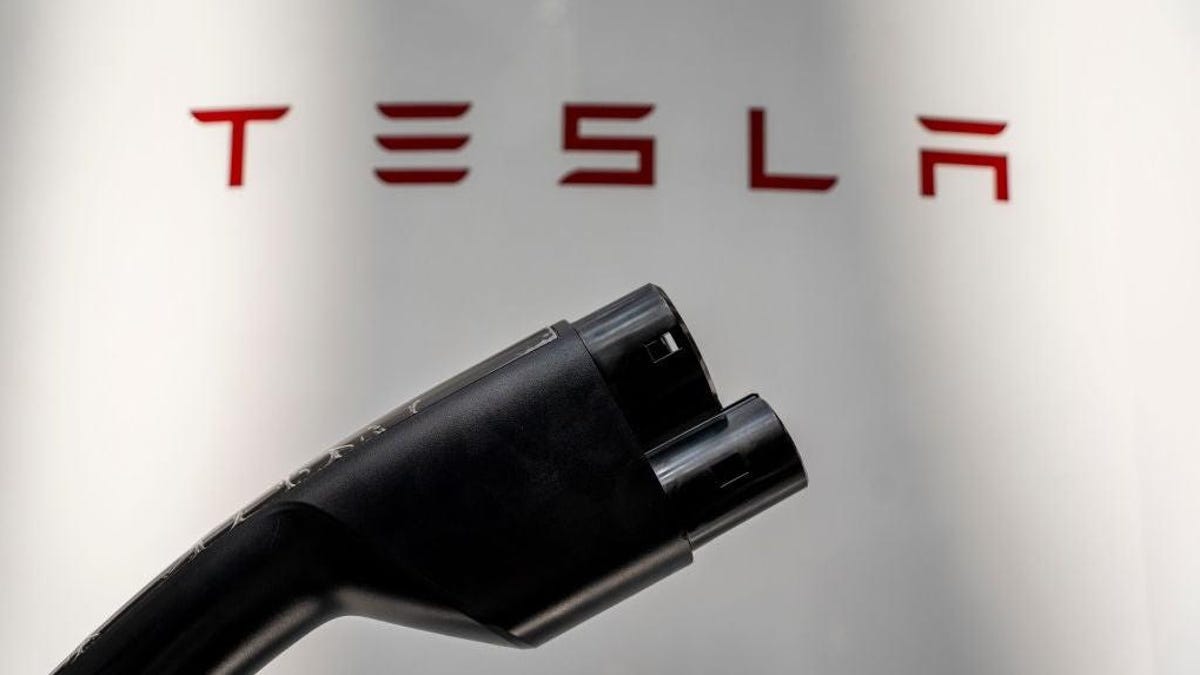Key dashboard touchscreen functions will soon be kicked into touch and physical switches will be required instead for car manufacturers to be granted the highest safety ratings.
Euro NCAP, the automotive safety industry body for Europe, is introducing new guidance for 2026 which means that five important tasks in every car will have to be performed by actual buttons instead of by accessing a screen.
Indicators, hazard warning lights, windscreen wipers, horn, and SOS features will have to be controlled by proper switches in order for cars to be granted Euro NCAP’s coveted five star safety rating.
“The overuse of touchscreens is an industry-wide problem, with almost every vehicle-maker moving key controls onto central touchscreens, obliging drivers to take their eyes off the road and raising the risk of distraction crashes,” explained Matthew Avery, director of strategic development at Euro NCAP.
“New Euro NCAP tests due in 2026 will encourage manufacturers to use separate, physical controls for basic functions in an intuitive manner, limiting eyes-off-road time and therefore promoting safer driving.
Several manufacturers have already come under fire for excessively complex touch screen controls forcing drivers to access menu after menu to adjust seats, mirrors and ventilation—we’re especially looking at you Tesla and VW.
Although it won’t be mandatory to comply with Euro NCAP’s new rules car makers that don’t will lose valuable points in their safety ratings. It sounds like a sensible idea—a positive move in the battle against distracted driving—and one, that, hopefully, the NHTSA will follow.
Source: Carmakers Must Bring Back Buttons, Says Europe – Hagerty Media
It’s a shame they are not also including Radio station buttons, which BMW has removed in it’s latest iteration.













 […]
[…]


